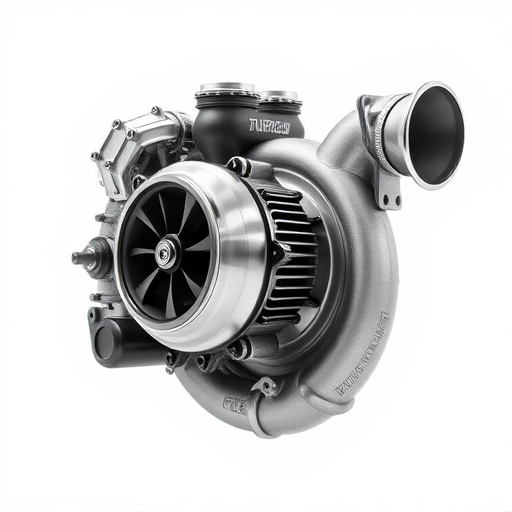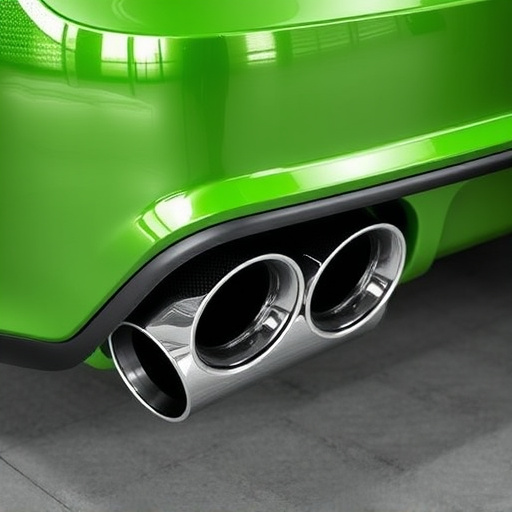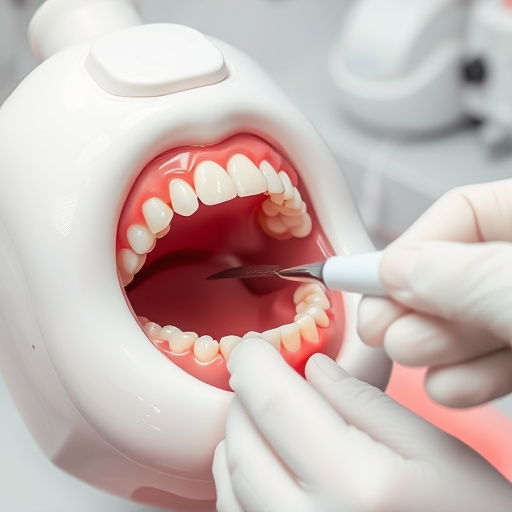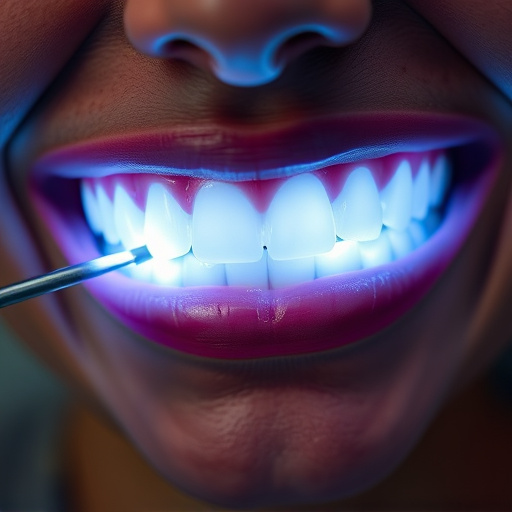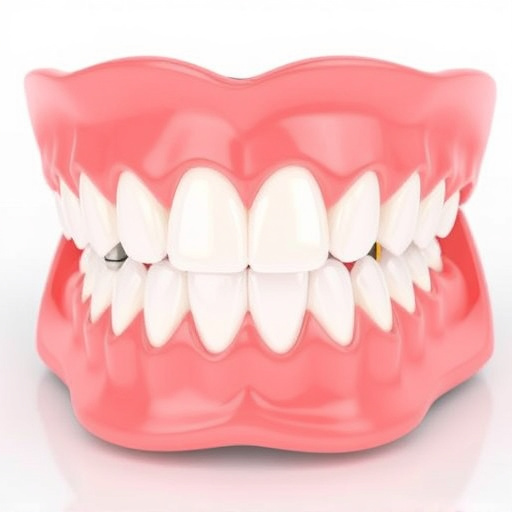Dental crowns and bridges are essential restorative procedures offering both functional and aesthetic benefits. Crowns protect weakened teeth with ceramic or metal shells, while bridges replace missing teeth, bridging gaps and supporting various prosthetic alternatives. Cost varies based on material, complexity, location, and dentist reputation, with metal/ceramic options being more durable but expensive. Composite materials are cheaper but less long-lasting. Navigating budgeting, insurance coverage, and choosing the right dentist is crucial for accessing high-quality dental care. Routine oral exams prevent issues and potentially avoid costly treatments like extensive dental work.
“Uncovering the cost of dental crowns and bridges is essential for anyone considering oral restoration. These procedures, offering long-lasting solutions for damaged teeth, come with varying expenses influenced by multiple factors. From material choices to geographical locations, understanding these variables empowers patients to make informed decisions.
This article guides you through the process, shedding light on ‘dental crowns and bridges’ to help you budget effectively and navigate insurance coverage options.”
What Are Dental Crowns and Bridges?

Dental crowns and bridges are essential components of comprehensive dental care, offering both functional and aesthetic solutions for tooth restoration. Crowns, in simple terms, are caps placed over teeth to strengthen and improve their appearance. They are typically used when a tooth has decayed or is fractured, covering the remaining natural tooth structure with a custom-made ceramic or metal shell. Bridges, on the other hand, serve as replacements for missing teeth, spanning the gap between adjacent teeth and providing support for prosthetic teeth like crowns or implants.
These restorative dentistry procedures are not just about repairing damage but also maintaining the overall health of your oral cavity. By addressing tooth loss or decay promptly, dental crowns and bridges play a crucial role in preventive dentistry, ensuring that any potential issues don’t escalate. They help preserve facial structure, restore chewing function, and maintain the natural alignment of teeth, contributing to comprehensive dental care.
Factors Affecting the Cost

The cost of dental crowns and bridges can vary significantly based on several factors. One of the primary considerations is the type of material used. While metal or ceramic crowns and bridges are more durable, they tend to be pricier due to their superior strength and longevity. On the other hand, composite materials offer a more affordable option but may not last as long. The complexity of the restoration also plays a crucial role; multiple visits to the dentist for intricate designs or specialized procedures will naturally increase the overall cost.
Additionally, factors like the dental clinic’s location, their reputation in general dentistry, and whether it involves tooth repair or dental bonding can influence pricing. It’s important to remember that these restorative treatments are investments in one’s oral health and well-being. Therefore, while cost is a factor, choosing the right dentist for your needs and discussing payment plans can make high-quality dental care more accessible.
Budgeting and Insurance Coverage

When considering dental crowns and bridges, budgeting is a key aspect to navigate. These restorative procedures can vary significantly in cost based on factors like material choices, complexity of the case, and the dentist’s fees. It’s important for patients to understand that while some costs may be covered by insurance, the level of coverage differs between plans. Comprehensive dental insurance can greatly offset the expenses, but it’s crucial to review your policy specifics and understand what’s in-network and out-of-pocket.
Many patients wonder about budgeting for children’s dentistry as well. While crowns and bridges are usually more common in adult dentistry due to their durability, children might require these treatments for various reasons. Dental bonding, a less expensive alternative, could be an option for younger patients with smaller repairs. Regardless of age, routine oral exams play a vital role in maintaining dental health and can help prevent costly procedures down the line. Regular check-ups allow dentists to monitor any issues early on, ensuring prompt treatment and potentially avoiding the need for extensive work like crowns or bridges.
When considering dental crowns and bridges, understanding the cost is a crucial step in your journey to achieving a healthier, more confident smile. By being aware of the various factors influencing pricing—from material choices to complexity of the procedure—you can make informed decisions. Remember that budgeting and insurance coverage play significant roles, so it’s essential to explore these options before proceeding. With this knowledge, you’re well-equipped to navigate the cost of dental crowns and bridges, ensuring a smile that serves both function and aesthetics for years to come.





